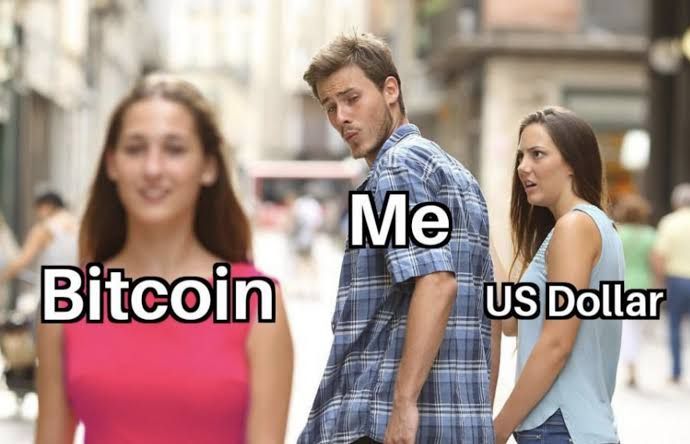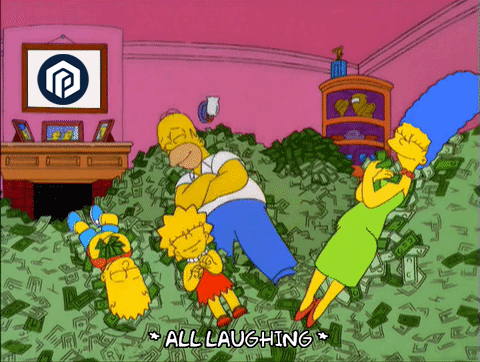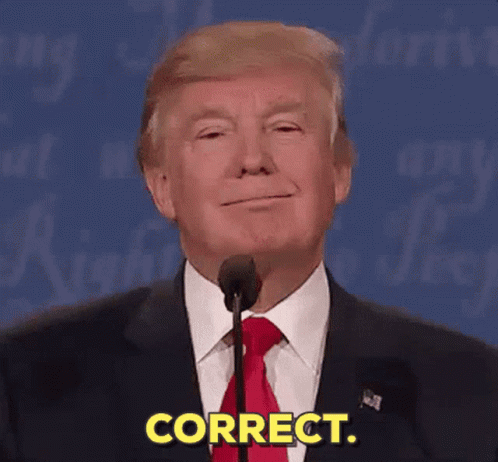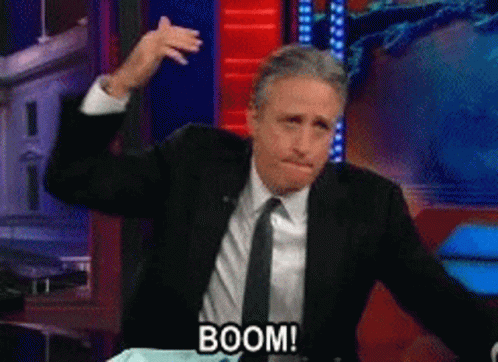There’s a lot of big grammar in the crypto space, you know. You hear things like blockchain, decentralization, scalping, hashing, and so on. That’s why most people say crypto is stressful.
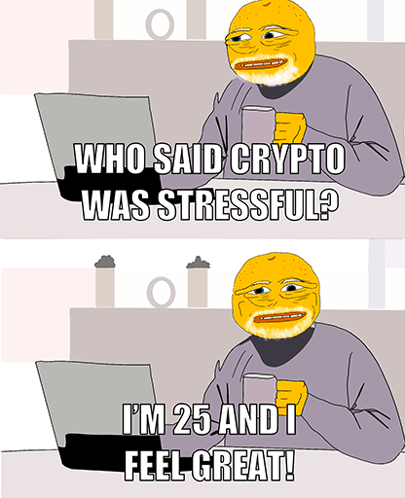
Well, if you’re in the market, you have to be in the market. You have to know what all the terms and terminologies mean. That’s the only way you can stand shoulders tall and call yourself a crypto trader.
It doesn’t have to be difficult, though. I’m here to explain everything you need to know about crypto and today, we’ll be talking about Tokenomics!
Definition and Basics of Tokenomics
You probably took an economics class in college or high school, right? And it was all about money, production, scarcity, supply, demand, and all the others. Well, with tokenomics, it’s not much different. In fact, it has to do with supply and demand, and the main difference is that tokenomics centers on cryptocurrencies.
Tokenomics comes from “token” + “economics.” To give a straight definition, it’s the study of supply, demand, valuation, and distribution of cryptocurrencies. So, people study tokenomics to understand how digital coins work.
Some people mistake tokenomics to simply focus on only what the crypto market refers to as “tokens.” Well, the truth is every crypto coin is actually a token. The biggest boy in the crypto market, Bitcoin, began life as a token worth only $0.0 in 2009. Today, 1 BTC costs more than $40,000.
So, what are the basics of tokenomics so far? Let’s have a rundown:
- It deals with token functionality
- It studies the forces behind demand and supply of crypto coins
- It covers how tokens are distributed
- Some crypto experts study Tokenomics to build models and predict the future performance of crypto coins
Token Distribution Models
When people — or companies or brands or anything — create crypto coins, how do they get them to others? That’s the question to answer when you look at token distribution models in tokenomics.
There are quite a number of different models, actually. If you understand them, you can capitalize and never miss any opportunity to receive potentially profitable tokens. Who knows, you may be feeling like the Simpsons if those baby coins appreciate in the future:
Here are common token distribution models to note:
- Initial Coin Offerings: Known as ICOs for short, this model is more or less traditional. Whoever creates the token will set aside a particular amount for early investors to purchase. Basically, the money the investors put in becomes the initial funding to build the project.
- Airdrops: Today, this is perhaps the most popular distribution model in tokenomics. The token developer simply gives out the coins for free to certain people. Most times, existing holders of a more established cryptocurrency will receive airdrops of a new token from the same developer. It’s usually to create awareness among the community.
- Initial Exchange Offerings: IEOs are similar to ICOs mentioned earlier. The primary difference is that IEO distributions take place on crypto exchanges. In other words, there’s a middleman between the token developer and end users.
- Security Token Offerings: STOs blend blockchain with traditional securities. Getting a token via STOs makes you an owner in an underlying asset. Such a distribution mode usually has strict compliance standards.
- Staking Rewards: Tokens built on proof-of-stake blockchains — like ETH and SOL — can be distributed as staking rewards. In this model, users stake their existing coins to receive the new tokens.
Utility and Governance Tokens
When discussing tokenomics, “utility” and “governance” are two words that hardly leave the lips. They represent different types of tokens, and both serve varying functions. It’s essential to understand each.
Utility Tokens
The first, utility token, works like its name — literally. Holding a utility token will give you access to certain services or features in the blockchain. Now, the value of the token will depend on the demand for the service or feature.
Imagine that the blockchain is an ice cream van, alright. Then, it has a utility token that lets you get vanilla flavor:
If many people demand that vanilla flavor, then, the price of the token will be high. Otherwise, it’ll be near $0.000000.
Governance Tokens
With governance tokens, it’s a government — literally. Notably, it’s a government led by the holders of the token in the blockchain — tokencracy, that can work, right?
The actions of the government will decide the value of the tokens and if the community trusts the project.
Let’s get back to the ice cream blockchain.
Now, if the vanilla flavor token is a governance token, holders will be able to decide if, when, and how vanilla becomes available. They make the decision via voting based on their convictions and community feedback. So, if they make the right decisions, the vanilla token — and the ice cream blockchain entirely — will gain more value. Bad choices result in the opposite.
Token Burn and Buyback
Burn and buyback are two aspects that can influence tokenomics. Particularly, they affect the supply and value of crypto coins. How they work is simple.
For token burn, the developers permanently remove a percentage of the coin from circulation. For instance, if there are 1 million tokens, they can choose to delete 500 thousand. With only 500 thousand remaining, the token will likely become scarce, and its demand and value will increase. Does it sound like cheating? It’s actually the developers being smart.
Some developers move even smarter with the buyback strategy. They simply buy back their tokens to increase market activity and potentially boost demand.
For instance, consider a token distributor with 500 thousand coins in circulation. If the tokens aren’t performing well, the distributor can decide to purchase 250 thousand coins back. That’ll introduce scarcity.
Of course, if crypto enthusiasts see that 250 thousand of a particular token has been bought within a short period, they may become interested, too. Maybe it’s about to boom!
Tokenomics and Economic Incentives
In many ways, crypto experts set their eyes on tokenomics to uncover economic incentives. It’s the same reason the world’s financial guys study economics to understand consumer behavior. All of these bring money for investors.
A token distributor that uses the burn tokenomics strategy, for example, provides incentives for market activity. The incentive is scarcity. As the coin becomes scarce, demand may not necessarily increase. However, there’ll be less supply relative to existing demand, meaning the token price will likely increase.
Similarly, consider staking rewards — which are pretty popular. The incentive is for crypto users to hold. That’s because when you stake your coins to receive tokens as rewards, you literally lock them. With that, money remains in the blockchain network, increasing its market cap.
Conclusion
There you go. If you only knew A in tokenomics before now, you should be able to read all the way to Z. To summarize, it’s all economics. However, instead of goods and services — like food stuffs and transportation — the topics are only on cryptocurrency and tokens. Understanding tokenomics, then, will help you understand how the crypto market works, especially in terms of demand and supply.
More on Edu Crypto from HODL FM:
- Bitcoin: A Potential Game-Changer for Western Civilization, Says Coinbase CEO
- The Rule of 72: What It Is and How to Use It
- Cheat Sheet for a REAL Crypto Criminal: Your Guide to Crypto Crime Terminology
Disclaimer: All materials on this site are for informational purposes only. None of the material should be interpreted as investment advice. Please note that despite the nature of much of the material created and hosted on this website, HODL FM is not a financial reference resource and the opinions of authors and other contributors are their own and should not be taken as financial advice. If you require advice of this sort, HODL FM strongly recommends contacting a qualified industry professional.



